Mosquitoes: From the High Line Canal to My Kitchen
Raising the world’s deadliest animal in your kitchen is easier than you may think. Mosquitoes are easy to raise, taking very little space, water and food to make it to adulthood. To become adults, mosquitoes hatch from eggs laid on the water’s surface, into swimming larvae that later pupate, then emerge, flying into our backyards and porches most every evening during the summer. Once in the air, mosquitoes come to us for blood that provides the proteins that they need to lay more eggs. We trade blood for itchy bumps and diseases, and it’s this “transaction” that gives mosquitoes their deadly reputation. Given this unsavory reputation, why raise them, much less in your own kitchen?
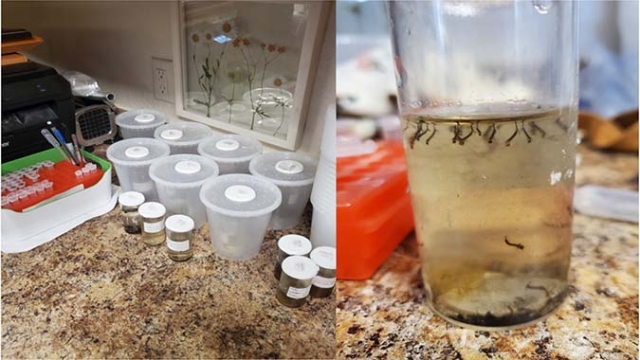
Left: Larval mosquitoes sequestered in plastic vials and in enclosed containers to contain emerging adults.
Right: Close-up of larval mosquitoes at various “molts” or instars, in their life cycle. Mosquitoes breathe near the surface of the water using a long tube-like structure called a “siphon,” which can be seen here.
The mosquitoes in my kitchen are monitored daily until they reach an ideal size for species identification, typically their 4th and largest molt or “instar.” Certain species tend to occur in certain areas and transmit certain diseases, each exhibiting physical traits that can be seen under a microscope. Using a microscope, species that carry diseases like West Nile Virus can be identified. In my kitchen, 4th instar larvae are promptly placed into ethanol for preservation until they can make it under the microscope. But before the microscope, the ethanol, and before they come to wriggle around on my counter, where do they come from?
Spanning from Littleton to Aurora, the High Line Canal is a piece of hydrologic infrastructure that was historically dredged without careful consideration for the environment it was routed through. Today much of the canal functions as a catch for stormwater and rarely flows within the City of Denver.

A map of the High Line Canal, spanning 71 miles from Littleton to Aurora. The canal spans many different ecological communities, each described as "character zones.” The highlighted zones represent the areas where mosquitoes and their preferred habitats are being assessed. Adapted from source.
As the canal represents a substantial ecological resource, environmental stewardship is ongoing, and our team hopes to contribute data concerning larval mosquito populations occurring within the canal’s waters. While out team has already found larval mosquitoes present within the canal and species that can carry West Nile Virus in some areas, we’ll continue investigating, hoping to relate existing habitat features, like water depth, light availability and general habitat quality to the presence of mosquitoes and the presence of different species. The canal supports an abundance of other aquatic insect species, and we hope to help inform future management of wetland habitat within the canal.
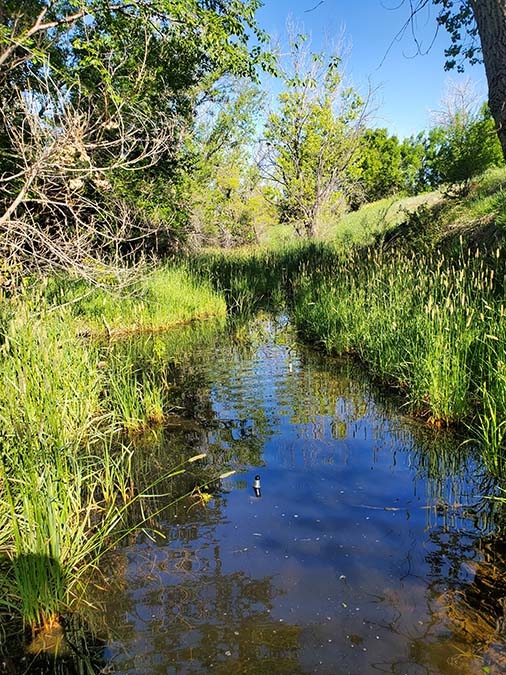
Parts of the High Line Canal support abundant emergent vegetation and other habitat features that can serve as habitat for both mosquitoes and other aquatic insects.
This post was contributed by Botany Seasonal Roy Rutherford.
Gallery
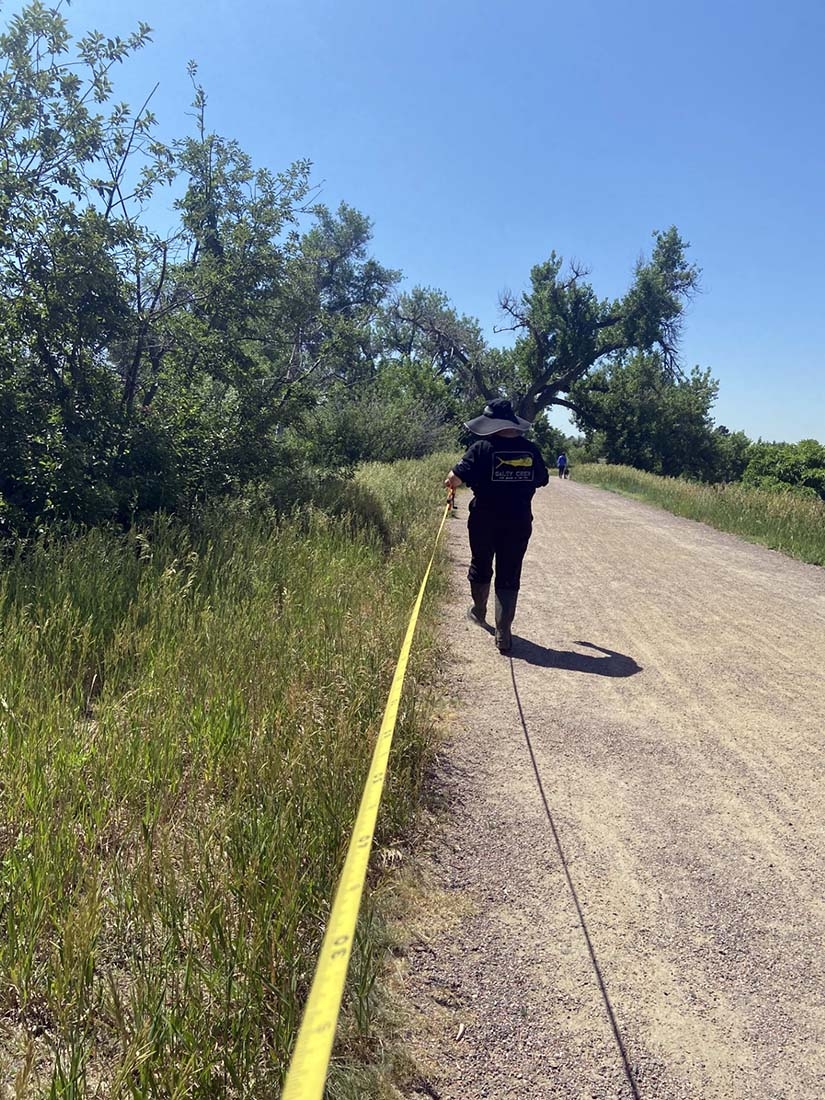
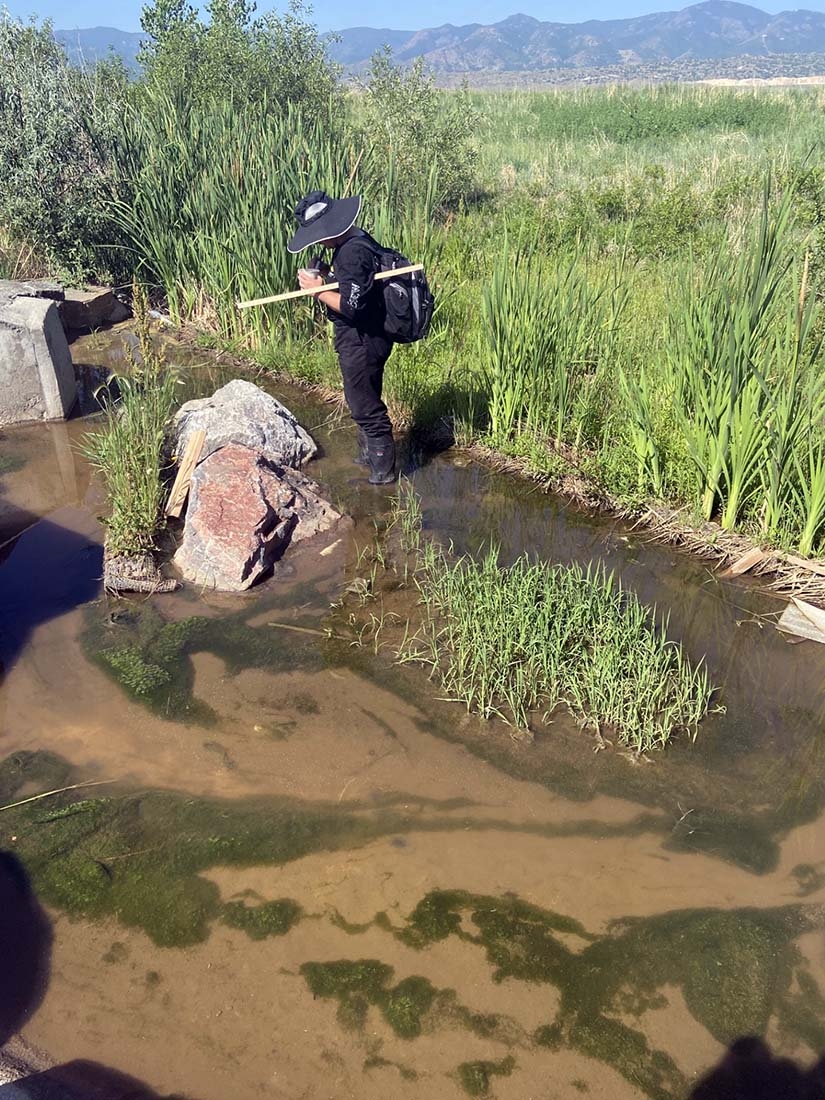
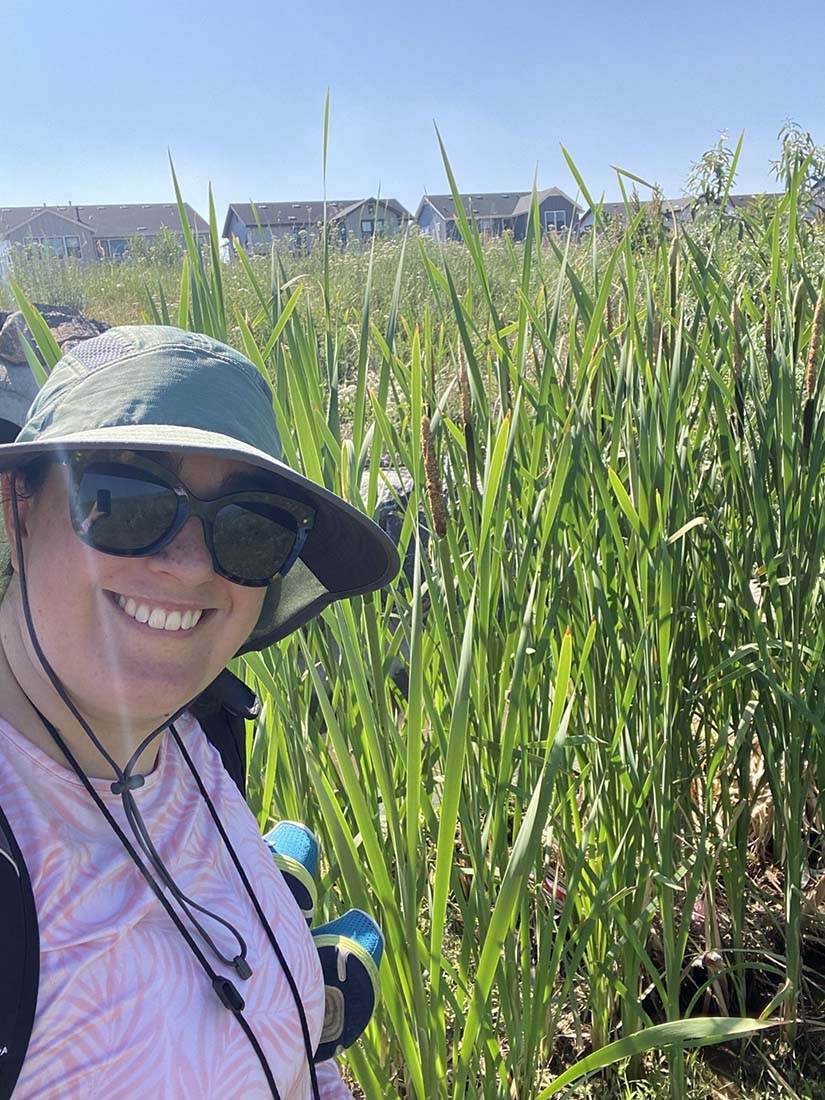
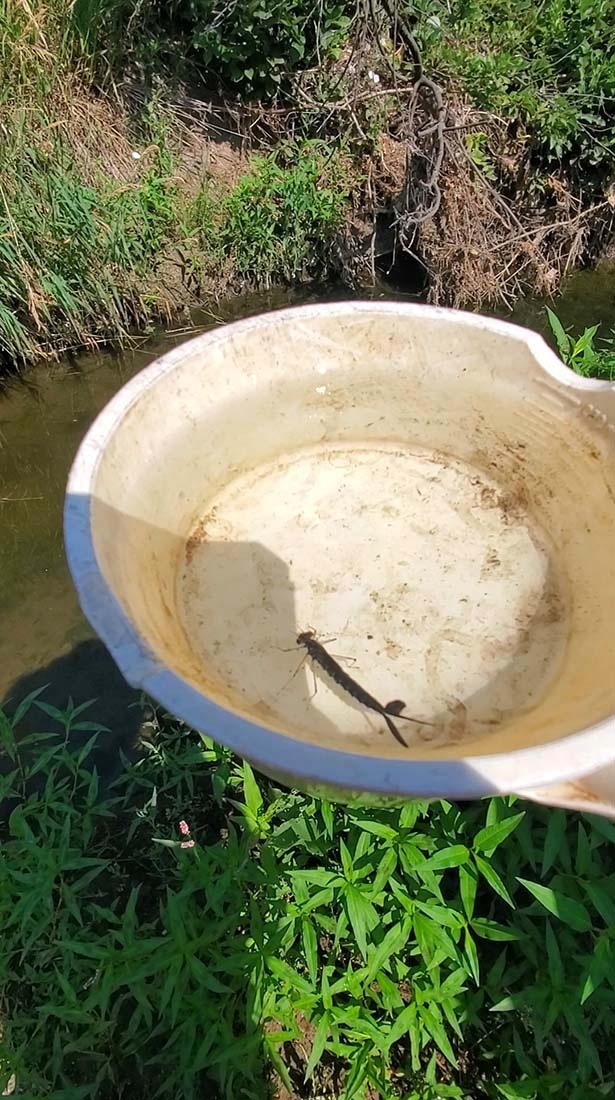
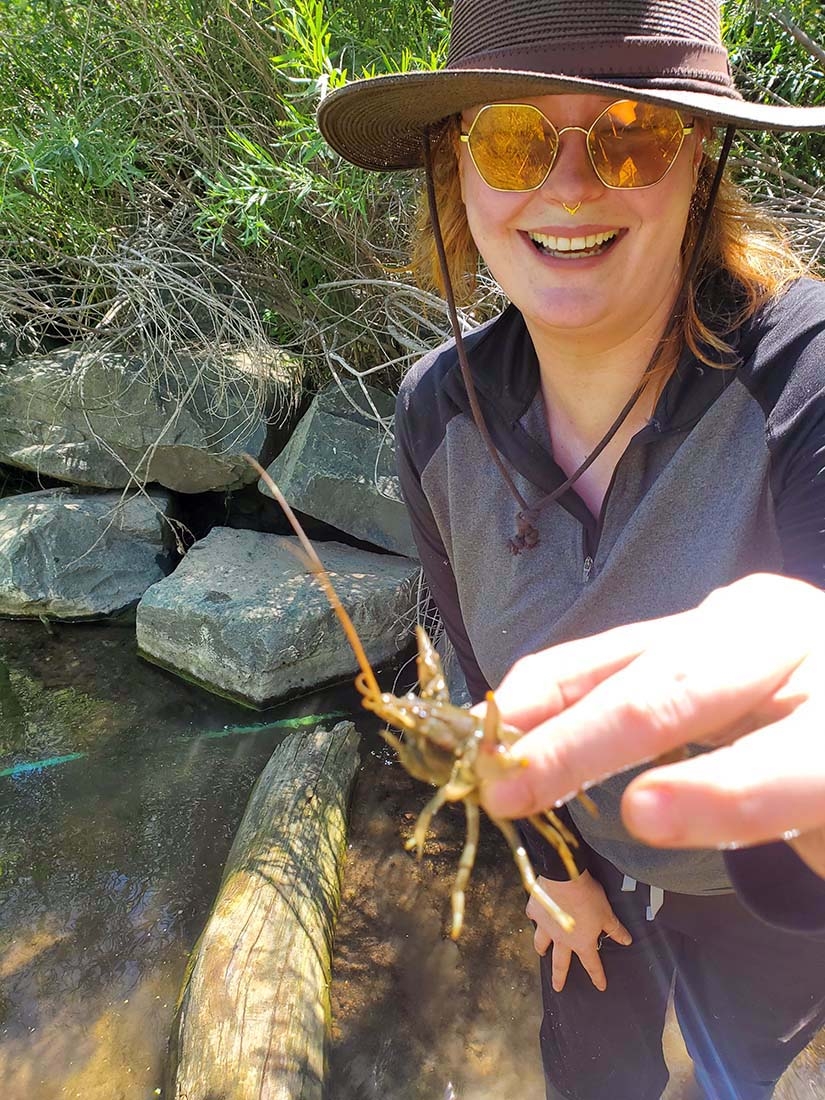
Add new comment